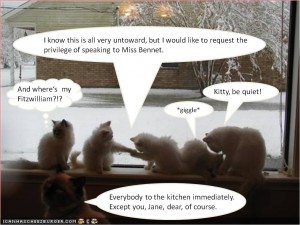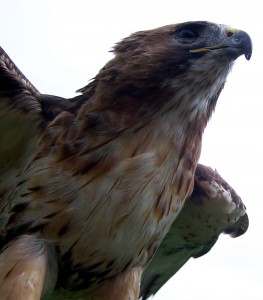In my post “Falconry in the Romantic Age”, I described that falconry was still practiced in the Regency period by gentlemen and ladies alike. Just as scriptwriter Andrew Davies, who used falconry in the movie adaptation of “Sense and Sensibility” to characterize Colonel Brandon, you might want to include falconry in your novel. You could create a thrilling hunting scene or have your heroine impress your hero with her falconry skills.
In the Romantic Age, Falconry was called hawking. To get an idea of how a character of a Regency novel would experience hawking, I took a discovery course in this noble sport myself when I went to England last year. I had pre-booked a half-day experience at The Birds of Prey & Conservation Centre at Sion Hill Hall, near Thirsk, Yorkshire. There are of course many other falconry centers in the UK, and also some country hotels that have similar offers.


